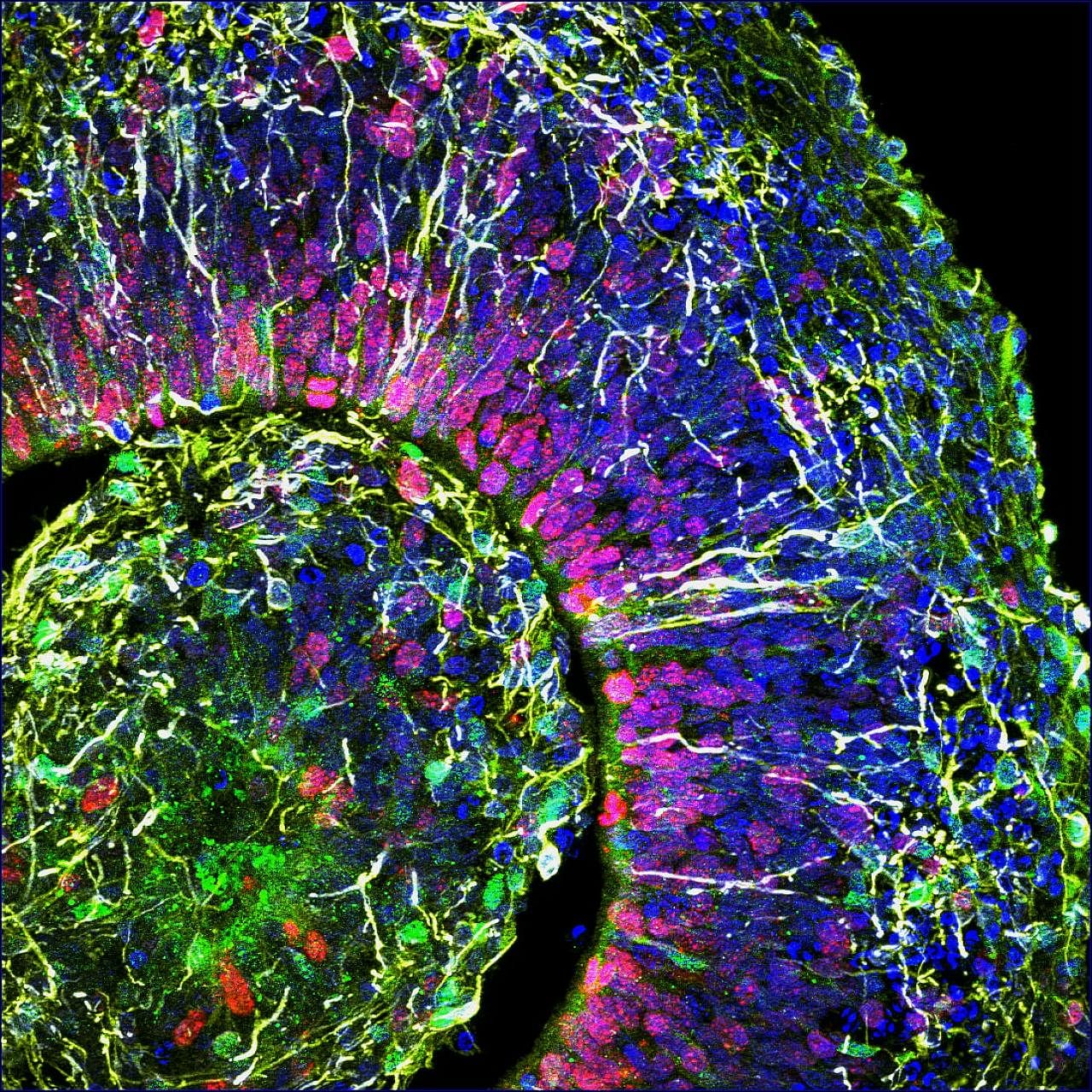Lab-grown mini-brains produce signals just like those in pre-term babies
Sign up now: Get ST's newsletters delivered to your inbox
Jacklin Kwan
Follow topic:
Researchers at the University of California San Diego (UC San Diego) have cultivated miniature brains that produce electrical patterns indistinguishable from those of a premature baby. These "mini-brains" are brain organoids, tissue cultures made from human stem cells.
The team was led by Dr Alysson Muotri, professor of paediatrics and cellular and molecular medicine at UC San Diego School of Medicine, and Dr Bradley Voytek, associate professor of cognitive science at UC San Diego's Division of Social Sciences.
They used electroencephalogram recordings of babies born up to 31/2 months premature to train a machine learning algorithm. This algorithm, after being fed data from real babies, could estimate the ages of given brain patterns, the university said in a statement.
The scientists grew hundreds of pea-sized brain organoids, optimising their construction over time to promote cell organisation. After about two months, the mini-brains began producing signals comparable to those of pre-term babies.
The researchers found that the brain waves of their young organoids were of the same frequency and similarly sparse.
As the organoids continued to grow, they began forming new neurons and creating a neural network. At 10 months old, the laboratory-grown brains had patterns similar to those of a premature infant who had reached full term (40-week gestation).
The team published their findings in the Aug 29 issue of the journal Cell Stem Cell. They believe their work in producing organoids could aid in research about brain development. Dr Muotri said: "The level of neural activity we are seeing is unprecedented in-vitro."

A cross-section of a brain organoid showing the initial formation of a cortical plate. Each colour marks a different type of brain cell.
PHOTO: MUOTRI LAB/UCTV

A cross-section of a brain organoid showing the initial formation of a cortical plate. Each colour marks a different type of brain cell.
PHOTO: MUOTRI LAB/UCTV
Cerebral organoid research at UC San Diego has already helped prove that the Zika virus can cause severe birth defects, and also helped develop drugs for a rare, inherited neurological disorder. Recently, Dr Muotri and his team sent their samples to the International Space Station to study how microgravity affects the human brain.
Similar research has been done in Singapore. In 2016, researchers at the National Neuroscience Institute, A*Star's Genome Institute of Singapore, and Duke-NUS grew mini-brains the size of a rice grain to study Parkinson's disease.
Dr Muotri's mini-brains can survive for years in the laboratory. Due to an absence of blood vessels and limitations in their size, their development tapers at around nine months. "They are far from being functionally equivalent to a full cortex, even in a baby," he said.
However, his research lies in a grey ethical zone in science research. There are concerns that, as lab-grown cultures become increasingly indistinguishable from a human brain, researchers could violate ethical codes of conduct around stem cell experimentation.
But Dr Muotri highlights that his research may have ethical benefits.
More sophisticated in-vitro models could replace the need to have animal models or human foetal tissue in future research.

